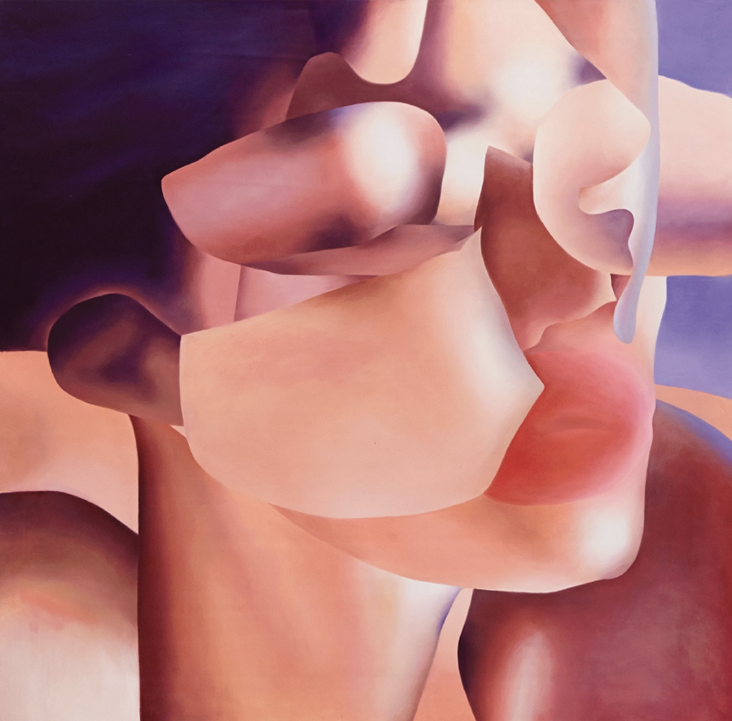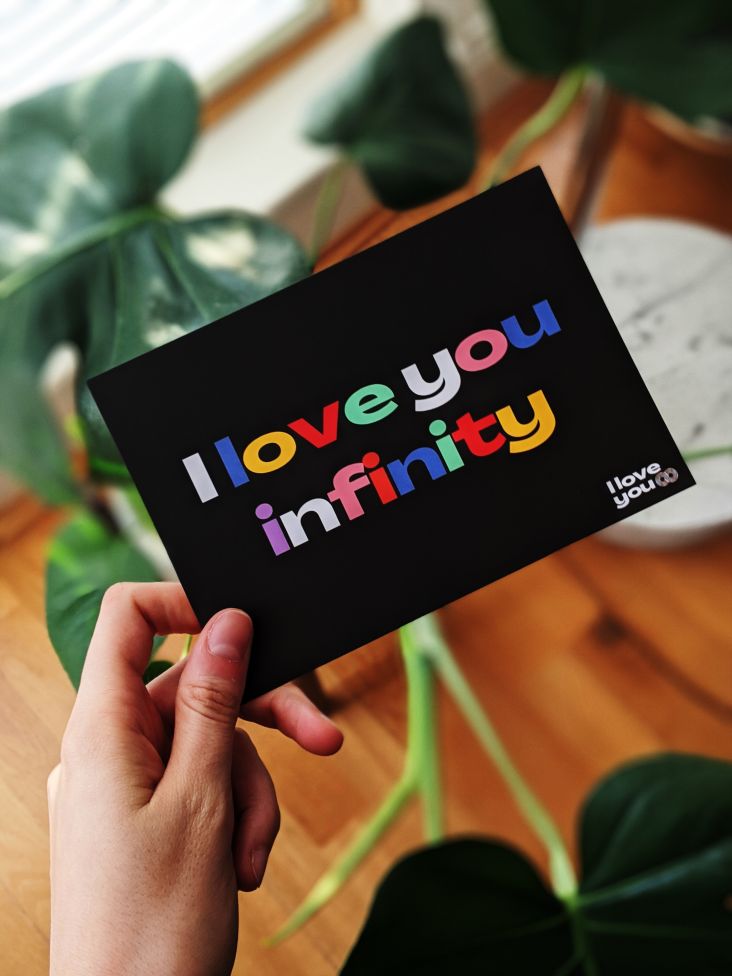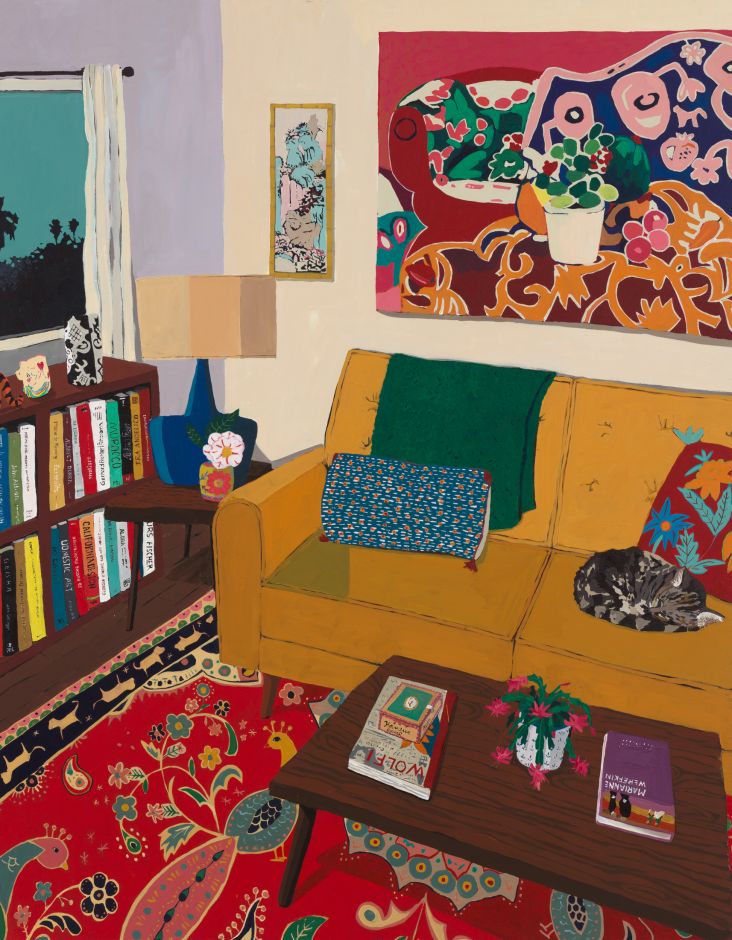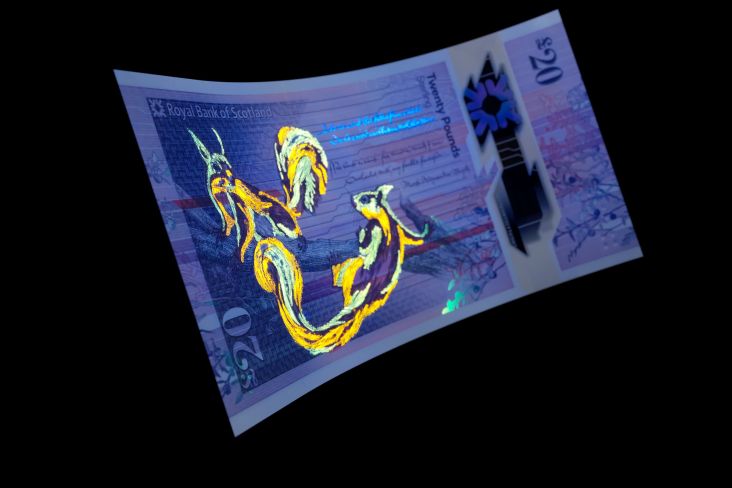Using multidisciplinary design approaches to tackle the complex ideas around memory
Designer Veronica Tran currently works at Hangar Interaction Lab in Barcelona; focusing on UX/UI design and digital branding work as well as printed editorial pieces.
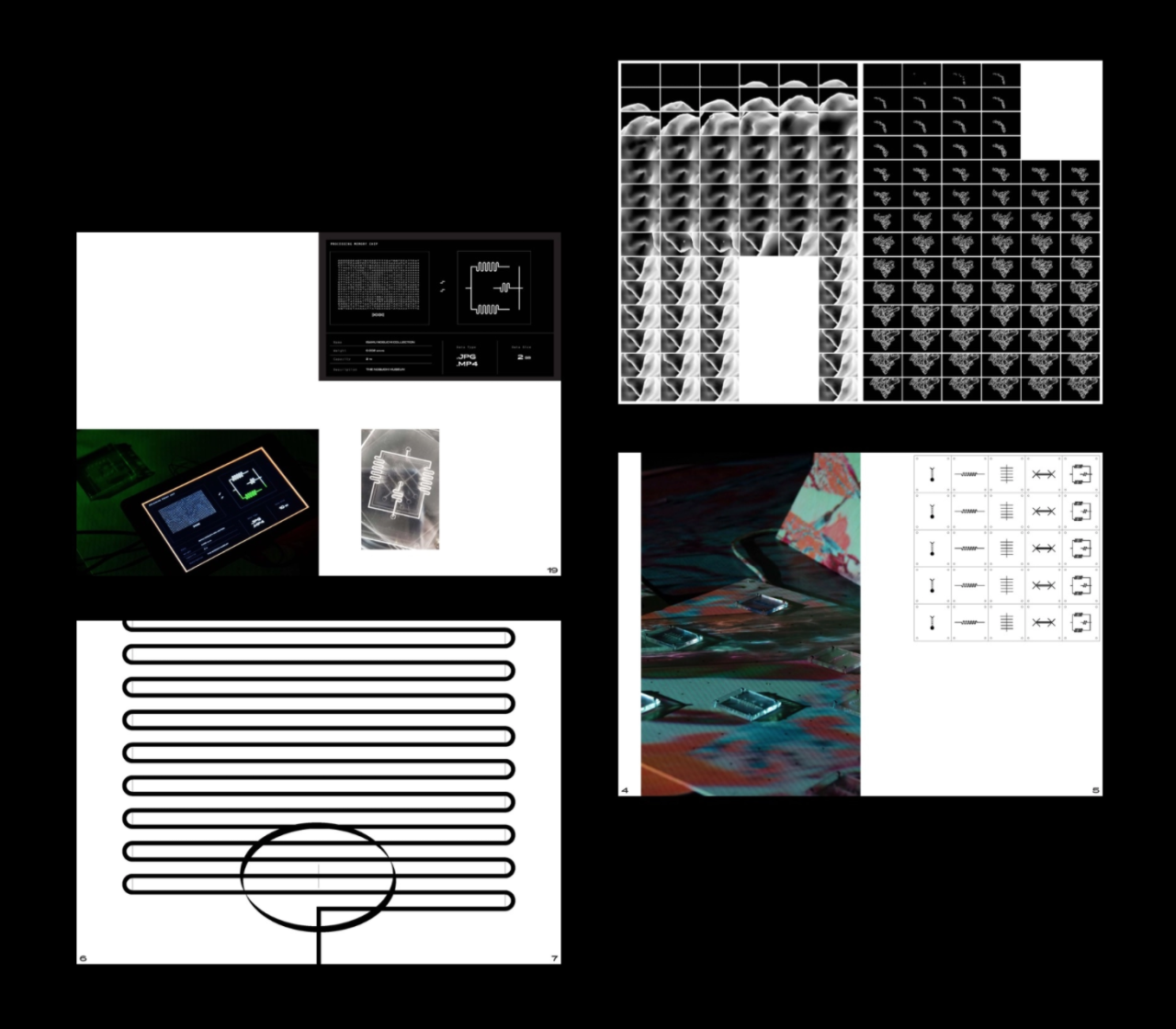
During her time as an artist/researcher in residence at the lab, she created READ-WRITE—an installation piece accompanied by and this beautifully printed publication that examines the idea of “memory” and “containers of memory” as connected to “nature’s code”—the genetic information found in all living organisms.
The designs for the project played with modes of representation, often through typography such as in depictions of DNA and binary code. “I focused a lot on the encoding processes and experimental visual testing,” says Tran, “imagining up alternatives for encoding, synthesis, sequence, retrieval.”
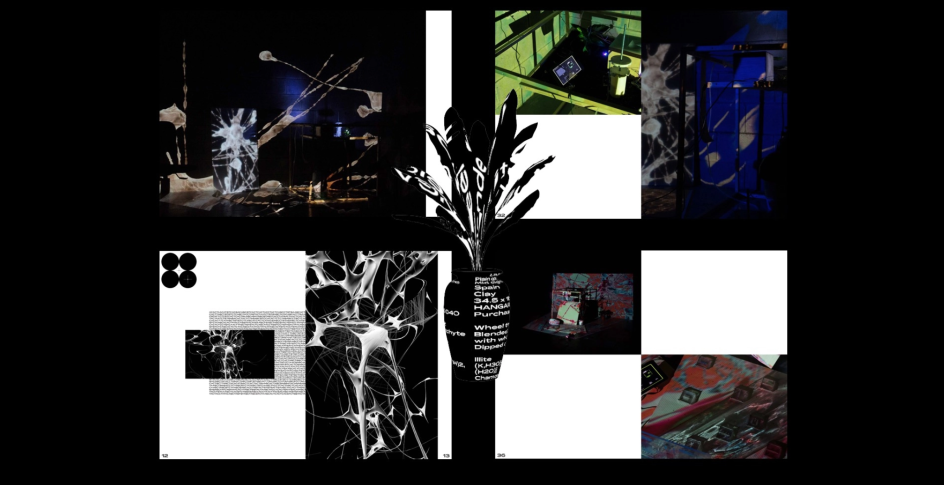
The book’s grid format and graphic layouts were heavily based on such representations of code. On the cover, it shows genome sequences stacked on top of each other; while a QR code is used on the back of the book.
A graphic motif recurs throughout the book, in the form of a shape based on the chemical reactions occurring when substances are transformed into each other. Other graphic elements draw n diffusion—when substances spread throughout a surface in space.
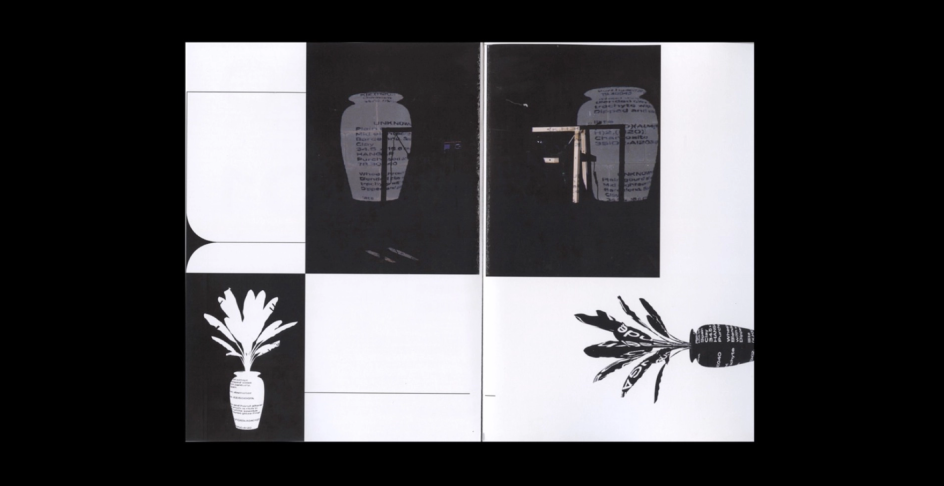
In a further nod to the idea of visualising liquidity and movement, Tran’s installation used an animation that had a “watery, glossy, almost metallic sheen that feels alive,” as she puts it. “As these are all things in motion, I wanted to show lots of storyboard-like sequences for the book. The snakey looking graphics are microfluidic board layouts, also representing the movement of water.”
The colour palette was inspired by her physical design experiments, mimicking the idea of movement and tones in both natural and technological contexts such as the blue-green algae Spirulina, or the blue screen of death on a computer screen.
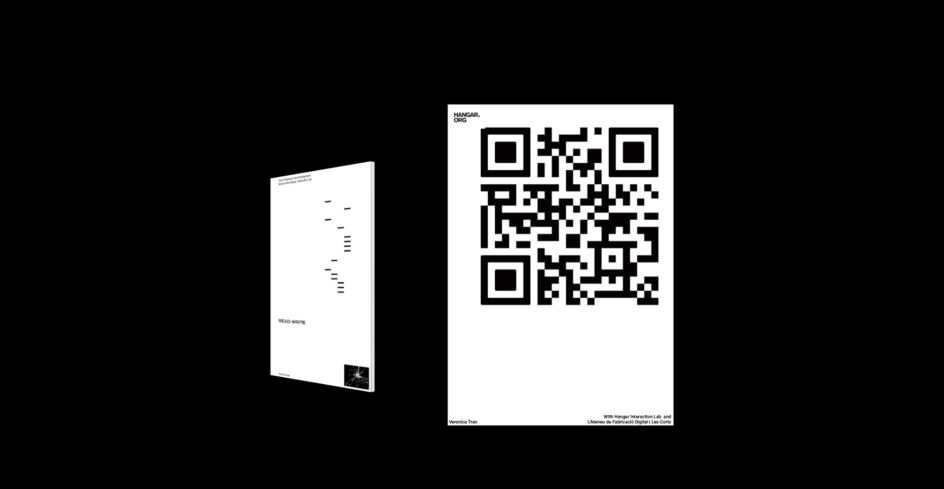
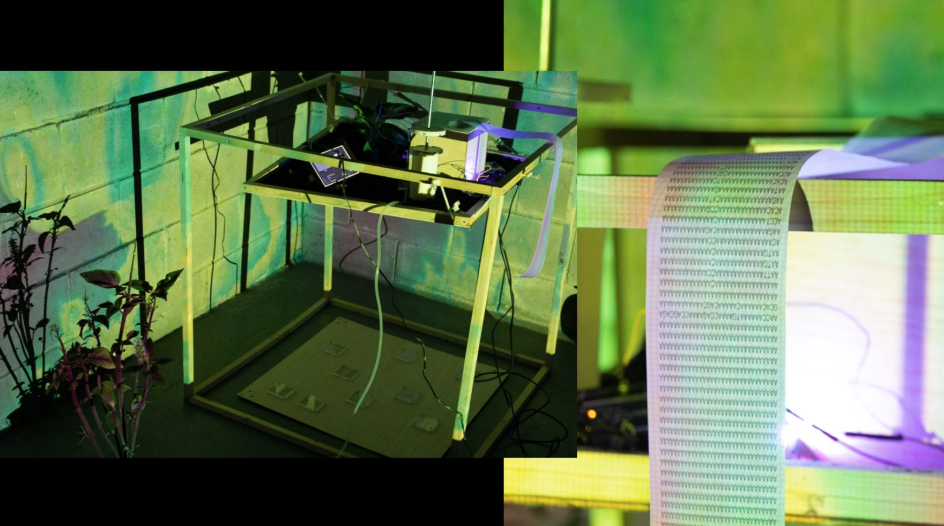




 by Tüpokompanii](https://www.creativeboom.com/upload/articles/58/58684538770fb5b428dc1882f7a732f153500153_732.jpg)

 using <a href="https://www.ohnotype.co/fonts/obviously" target="_blank">Obviously</a> by Oh No Type Co., Art Director, Brand & Creative—Spotify](https://www.creativeboom.com/upload/articles/6e/6ed31eddc26fa563f213fc76d6993dab9231ffe4_732.jpg)









